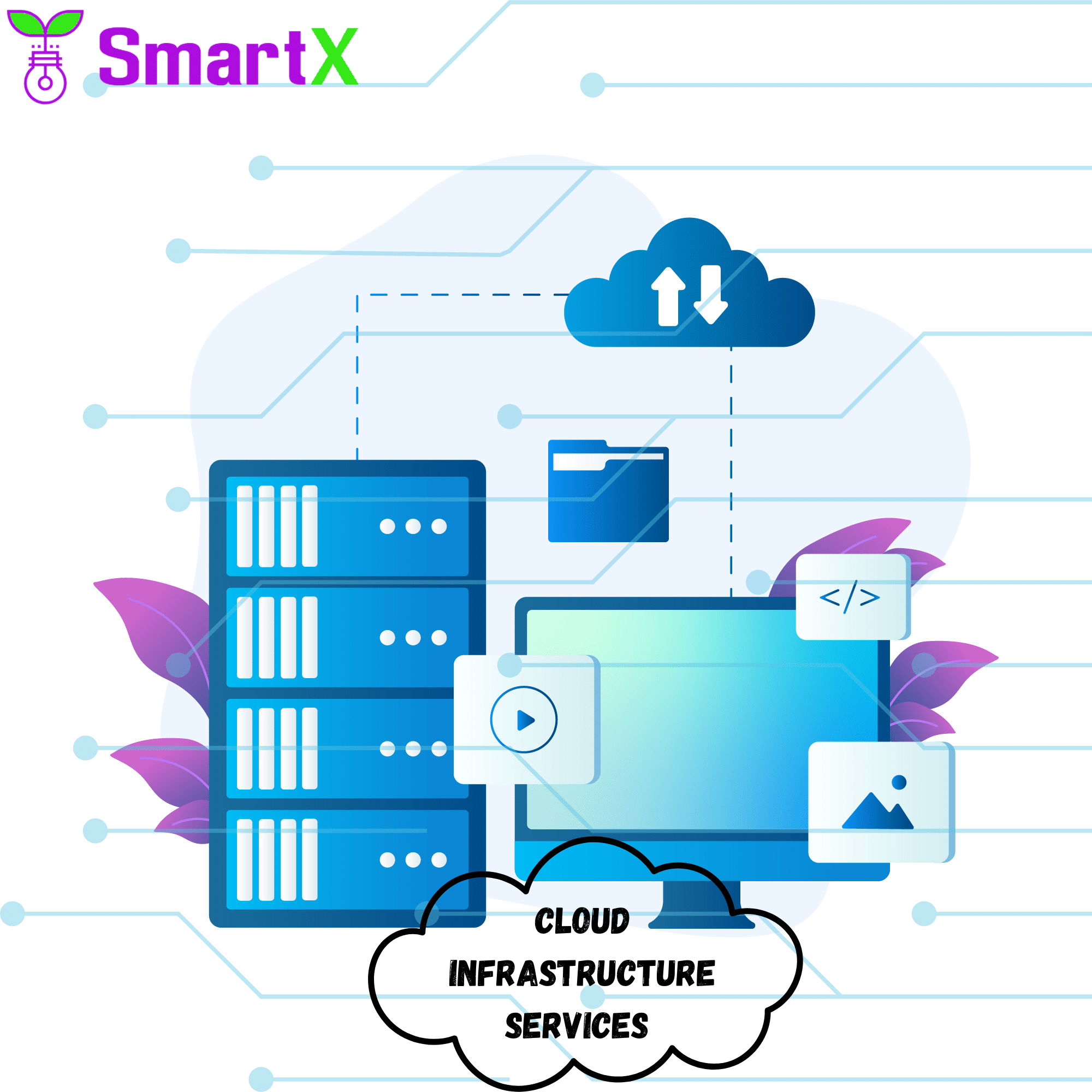Application Maintenance: An In-Depth Look at Strategies and Best Practices -2023

When it comes to application development, the process doesn’t end with the deployment. In fact, the post-deployment phase is just as essential to ensure an application’s continued success. As companies rely more and more on technology to drive their business, maintaining applications has become a crucial undertaking that demands attention and careful planning. Modern application maintenance involves a wide range of activities, including bug fixing, performance optimization, Cyber security and GRC compliances, and feature enhancements. It requires a mix of technical expertise, effective communication, and well-defined processes that align with the company’s overall goals.
In this blog, we will take a deep dive into modern application maintenance strategies and best practices. We will explore the various aspects involved in maintaining applications, such as understanding the business needs, tracking metrics, and keeping up with the ever-changing technology landscape. We will also highlight the importance of proactive maintenance, rather than reactive, to minimize downtime and enhance end-user satisfaction.
Introduction to Application maintenance services
In today’s digital age, software applications have become a fundamental aspect of businesses across various industries. However, with the rapid evolution of technology and changing market demands, software applications need to be maintained to remain relevant and meet user expectations. This is where modern application maintenance strategies and best practices come into play.
Application maintenance is the process of ensuring that software applications continue to function as expected and remain relevant to their intended users. It encompasses a range of activities, including bug fixing, upgrades, enhancements, and security patches. In this blog, we will delve into the key modern application maintenance strategies and best practices that businesses can adopt to ensure that their software applications remain reliable and up-to-date.
Regular Testing and Bug Fixing
Regular testing and bug fixing is a critical aspects of modern application maintenance. As software applications become more complex and sophisticated, the likelihood of bugs and errors increases, making it essential for businesses to have a solid bug-fixing strategy in place. Identifying and resolving issues in a timely manner ensures that the application operates smoothly and without any interruptions, providing a positive user experience.
To achieve effective bug fixing, businesses must develop an efficient bug-tracking system that enables them to identify, track, and resolve bugs as soon as they arise. This involves setting up a robust testing process that covers all aspects of the software application, including functionality, usability, security, and performance. The testing process should include both manual and automated testing to ensure that all potential bugs are detected and addressed. Additionally, businesses must establish clear procedures for reporting and prioritizing bugs based on their severity and impact on the application.
Once bugs have been identified, businesses must allocate resources to fix them promptly. The bug-fixing process should include steps to validate, reproduce, and debug the issue to ensure that the root cause is identified and resolved. Once the issue has been fixed, the application should be thoroughly retested to confirm that the bug has been resolved and that no new issues have been introduced.
It is important to note that the bug-fixing process is not a one-time activity but a continuous process. As new features and functionality are added to the application, bugs may arise, making it necessary to continue testing and fixing bugs throughout the application’s lifecycle. Regularly updating and maintaining the bug-tracking system is crucial to ensure that it remains effective and efficient in identifying and resolving bugs.
Continuous Integration and Deployment
Continuous Integration and Deployment (CI/CD) is a modern application maintenance practice that has gained popularity in recent years due to its effectiveness in reducing development time, improving software quality, and increasing productivity. The practice involves continuously testing, integrating, and deploying updates to the software application, ensuring that it is always up-to-date and meets the needs of its users.
The CI/CD process typically involves three stages: development, testing, and deployment. During the development stage, developers work on new features or updates to the application. Once these changes are completed, they are pushed to a code repository, where they are automatically tested for any bugs or issues. If the tests are successful, the changes are automatically integrated into the application codebase.
In the testing stage, the newly integrated code is tested again to ensure that it functions correctly and does not introduce any new bugs or issues. This stage may involve manual or automated testing, depending on the complexity of the changes made. Once the testing is complete, the changes are ready for deployment.
In the deployment stage, the new code is automatically deployed to the production environment, making it available to users. This process ensures that the application is always up-to-date and functioning optimally, reducing downtime and increasing user satisfaction.
By adopting a CI/CD approach, businesses can quickly identify and fix issues, reducing development time and increasing productivity. The practice also enables businesses to maintain a high level of software quality, reducing the likelihood of bugs and errors in the application. Additionally, the ability to deploy updates quickly and efficiently enables businesses to respond rapidly to changing user needs and market trends.
To effectively implement a CI/CD approach, businesses must have a robust testing infrastructure, automated testing tools, and a well-defined deployment process. They must also prioritize collaboration and communication among the development, testing, and operations teams to ensure that everyone is working towards a common goal. With these practices in place, businesses can reap the benefits of a continuous integration and deployment strategy, resulting in a better, more efficient, and more reliable software application.
Data Backups and Recovery
Data backups and recovery are crucial application maintenance practices that enable businesses to ensure the availability and integrity of critical application data. In today’s digital world, data is the lifeblood of many businesses, and any loss of data can have significant consequences, including financial losses, reputational damage, and even legal liabilities.
To ensure data availability and prevent data loss, businesses must regularly back up all critical data associated with the application, including application data and configuration files. The backup should include all data associated with the application, including customer data, transactional data, and system logs. This data should be stored in a secure location, preferably offsite, to protect against the loss of data in the event of a disaster such as fire, flood, or theft.
In addition to regular backups, businesses must also develop a robust data recovery plan. The recovery plan should detail the steps to be taken in the event of data loss or system failure, including the identification of critical applications and data, and the restoration of services. The plan should be regularly tested to ensure that it works as intended, and all necessary personnel is aware of their roles and responsibilities in the event of an emergency.
To ensure the effectiveness of the backup and recovery plan, businesses should also consider the use of backup and recovery technologies. These technologies include backup software, storage area networks, and disaster recovery services. By adopting these technologies, businesses can automate and streamline the backup and recovery processes, ensuring that data is backed up regularly and can be quickly restored in the event of a disaster.
Security Patches and Upgrades
Cybersecurity threats are a constant concern for businesses that rely on digital systems and applications. Cyber-attacks can compromise sensitive data, disrupt operations, and damage a company’s reputation. To prevent such incidents, businesses must adopt a proactive approach to application security that includes regular updates and upgrades.
One of the key application maintenance strategies for cybersecurity is patching vulnerabilities. Software applications can have vulnerabilities that can be exploited by attackers to gain access to systems or data. Patching these vulnerabilities involves updating the application with the latest security patches released by the vendor. These patches typically address known vulnerabilities, and failure to install them can leave systems and data at risk. Regular patching should be scheduled, and any critical patches should be applied immediately to ensure that systems remain secure.
Upgrading security features is another essential application maintenance practice for cybersecurity. As threats evolve, security features that were once effective may become obsolete or inadequate. Upgrading security features involves reviewing and updating the application’s security controls, such as access controls, authentication protocols, and encryption methods, to ensure that they are up-to-date and effective against current threats. Upgrades may also include implementing new security features or technologies, such as multi-factor authentication or intrusion detection systems, to enhance the application’s security posture.
To ensure that security updates and upgrades are applied efficiently and effectively, businesses should have a security policy in place that outlines the necessary procedures and timelines for security maintenance. The policy should also specify the roles and responsibilities of stakeholders involved in application security, including developers, system administrators, and security analysts. This approach helps to ensure that everyone involved is aware of their responsibilities and takes the necessary steps to maintain application security.
User Feedback and Support
User feedback and support are essential components of modern application maintenance strategies. Businesses that prioritize user feedback and support are more likely to have satisfied customers, improve user retention, and maintain a competitive edge.
User feedback provides valuable insight into how users interact with the application, the features they use most frequently, and areas that need improvement. By regularly seeking user feedback, businesses can identify bugs, usability issues, and other problems that may be impacting user experience. Addressing these issues promptly can improve the application’s overall quality and user satisfaction.
In addition to seeking feedback, businesses should also provide reliable and responsive support to their users. Users expect prompt and helpful support when they encounter issues with the application. Providing support through multiple channels such as email, phone, chat, or a self-service portal can help to ensure that users can get help quickly and easily.
User feedback and support should be integrated into the application maintenance process. Regularly reviewing user feedback and support requests can help businesses identify common issues and trends, which can inform future development efforts. For example, if users frequently request a particular feature, businesses can prioritize its development to improve the application’s usability and user satisfaction.
To gather user feedback, businesses can use a variety of methods such as surveys, focus groups, or user testing sessions. The key is to make it easy and convenient for users to provide feedback. Providing incentives such as discounts, exclusive access to new features, or early access to new products can motivate users to provide feedback and engage with the application.
Conclusion
In conclusion, modern application maintenance strategies and best practices involve staying proactive, emphasizing collaboration, and using the latest tools and technologies. By following these strategies and techniques, organizations can ensure that their applications continue functioning smoothly, securely, and efficiently. Investing in application maintenance is crucial for keeping up with the rapidly changing business landscape, and with the right approach, it can be a manageable and cost-effective process. By staying up-to-date and prioritizing maintenance, organizations can ensure that their applications meet the evolving needs of their users and provide a competitive advantage in today’s digital marketplace.
Thank you for delving into the strategies and best practices of application maintenance with us. To understand the foundational facts that underscore maintenance’s importance, read our earlier post: 5 Facts About Application Maintenance Services. Don’t miss out on our upcoming discussion about how application maintenance can help businesses evolve: Staying Ahead of the Curve: How Application Maintenance Services Can Help Your Business Evolve















